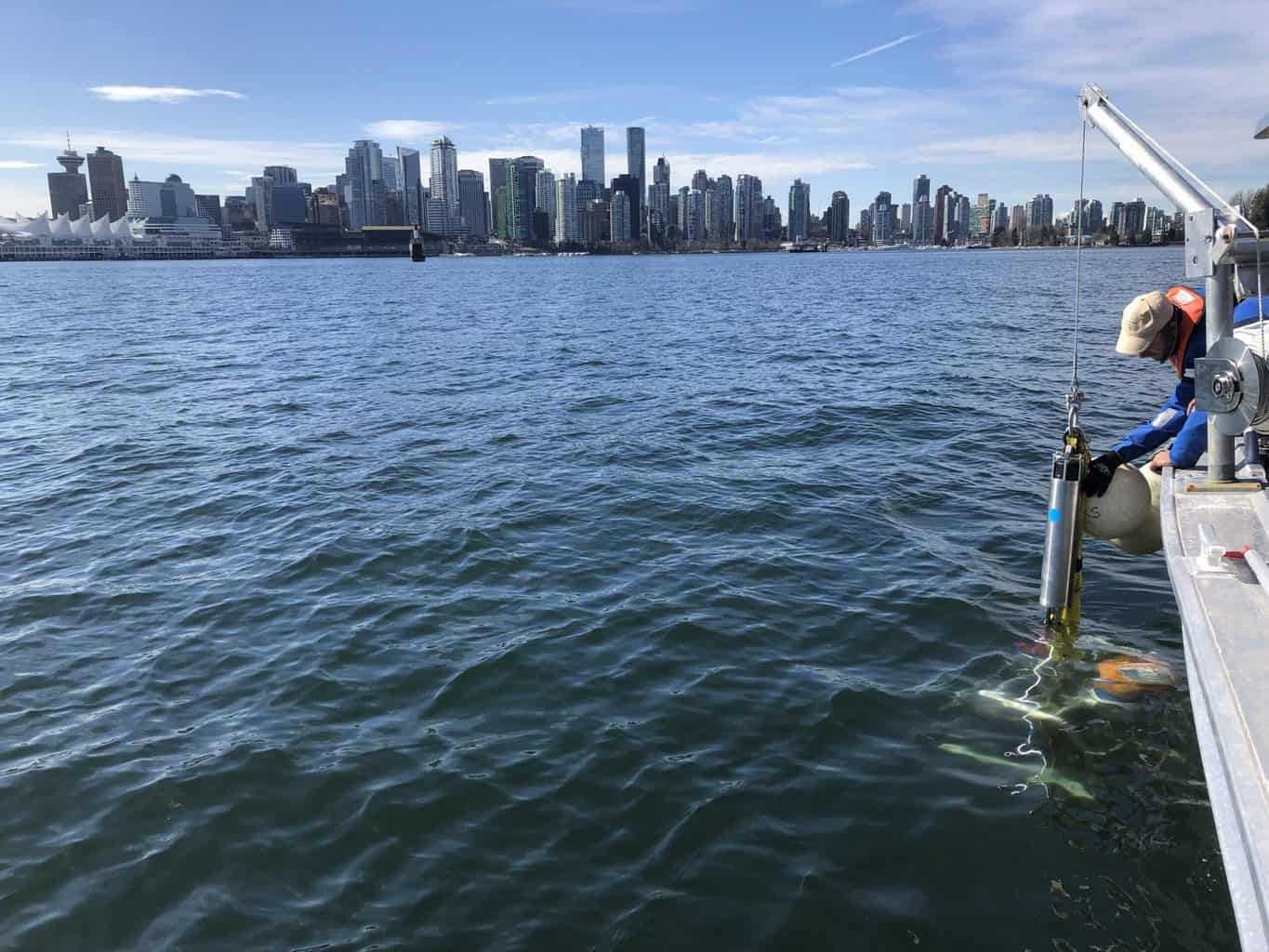Recent research on cumulative effects in Tsleil-Waututh territory
Tsleil-Waututh Nation (TWN) has published three new research reports detailing how cumulative effects of contamination, historical fishing practices, and shoreline alteration have severely degraded the health of Burrard Inlet. These impacts have greatly affected TWN’s way of life and left TWN members with very limited opportunities to harvest many culturally important foods from our waters. This exceeds what is allowable under Tsleil-Waututh law, and infringes on our inherent and constitutionally-protected Aboriginal rights under Canadian law.
In June 2021, the BC Supreme Court set a new standard for actions the Crown must take if cumulative effects infringe upon a First Nation’s constitutionally-protected rights when the Blueberry River First Nations (BRFN) demonstrated this had happened in their territory. In this case, the court prohibited any further activities that impact BRFN rights until the Crown and BRFN jointly established enforceable mechanisms to manage cumulative effects and ensure that constitutional rights are respected. TWN applauds this decision and agrees that First Nations require recognized and enforceable decision-making authority within their own territories for any activities that may impact their rights.
Given TWN’s inherent rights and title, the evidence of cumulative effects in Burrard Inlet, and the precedent under Canadian law, TWN expects recognized decision-making authority for activities that affect our rights in Burrard Inlet. This means that we want to work collaboratively with the Crown to jointly review and authorize activities that impact TWN rights in Burrard Inlet. This is an essential step to uphold our way of life and constitutionally-protected rights. Additionally, both BC and Canada have enshrined UNDRIP into their respective laws, and cooperative joint-decision making would be a prudent step to align Crown legislation with UNDRIP. We see significant opportunity and believe the time is right to take a meaningful step to collaboratively ensure all activities in Burrard Inlet occur in alignment with our respective laws and obligations.
The key findings of the three reports are summarized below, and some related impacts can be viewed in an online map here. A more detailed overview summary of the three reports can be found here.
Overview of new reports on major cumulative effects in Burrard Inlet
-
-
-
- Contamination in Burrard Inlet This work found:
- Over 700 different contaminants detected in Burrard Inlet.
- At least 24 contaminants exceeded thresholds protective of human consumption of seafood at rates relevant to coastal Indigenous people, including lead, mercury, arsenic and many pesticides.
- Over 600 contaminant sources across the inlet.
Conclusions:
- Contamination of Burrard Inlet severely limits TWN’s ability to harvest many traditional foods, with hundreds of sources contributing to the problem. Contamination must be managed on a basin-wide scale and consider the condition of the entire inlet, rather than trying to manage individual sources.
- Historical marine ecology and fisheries practices in Burrard InletThis work found:
- Burrard Inlet used to be exceedingly ecologically rich, but populations of many marine species have completely collapsed, or drastically declined, including salmon, sturgeon, whales, herring, smelt, ooligan (eulachon), groundfish, clams, crab, and waterfowl.
- Destructive settler fishery practices in Burrard Inlet included commercial whaling with “rocket driven harpoons”, and a herring fishery that used dynamite to kill schools of fish, which were then processed into oil used as a lubricant for industrial logging operations.
Conclusions:
- Presently, nearly all species identified, including salmon, sturgeon, whales, herring, smelt, ooligan, groundfish, clams, crab, and waterfowl have collapsed in abundance between an estimated 50% and over 99% compared to the early- or mid-1800s. This greatly reduces or eliminates opportunities for TWN harvesting and cultural practices, and has cascading effects throughout the ecosystem.
- Shoreline alteration and marine habitat loss in Burrard InletThis work found:
- Shoreline alteration and development has eliminated 1,214 ha (3,000 acres) of intertidal and subtidal habitat, including 55% (945 ha) of intertidal habitats in Burrard Inlet.
- Present-day Stanley Park and Downtown Vancouver were historically tidal islands, and intertidal canoe routes ran from present-day Coal Harbour to English Bay, and the Inner Harbour to False Creek through Vancouver’s downtown eastside.
- Many areas most impacted by development were highly productive habitats, important harvesting locations, and culturally significant places, such as river deltas, estuaries and large intertidal mudflats.
Conclusions:
- Shoreline alteration in Burrard Inlet has been ongoing for over a century and has substantially changed the inlet’s physical boundaries and ecosystem. The long-term nature of shoreline development conceals the extent of total shoreline change, but proposed new shoreline development must consider the history of development in order to uphold constitutional obligations and TWN’s ways of life.
- Contamination in Burrard Inlet This work found:
-
-


